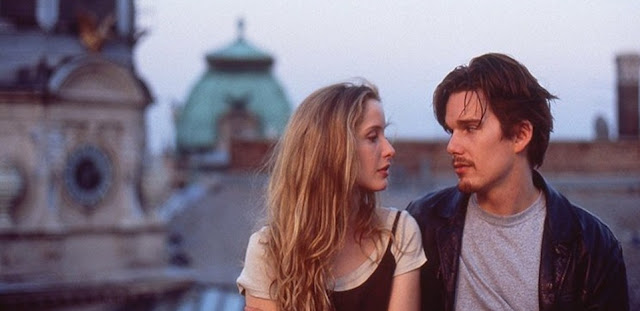Dongri To Dubai - Book Review
‘Dongri To Dubai- Six Decades of Mumbai Mafia’ by Hussain Zaidi
is the first of its kind book based on years of crime reporting, police documents
and numerous interviews, on Mumbai underworld, the gangs of organized crime who
started out small as smugglers and went on to become violent most wanted
criminals in the modern history of the country. And it is most importantly the narrative
of the making of Dawood Ibrahim, the don and the now declared global terrorist.
It encompasses the story around the mafia
before Dawood- big names like Haji Mastan, Karim Lala, The Pathans; the Mumbai
police using the then street thug Dawood to control the menace caused by the other
gangsters; the rise of the son of a head police constable to unimaginable ranks
in Mumbai mafiadom; the clout and network of the don extending from the police
to the political insiders; ingenious ideas in smuggling that was replicated in
the then Bollywood storylines; onslaught of terrible violence and gang wars,
plotting of gruesome murders and outrages of the custody of the police which
again Bollywood immortalized through its movie plots; and the escape from Indian
shores in the 80’s to Dubai and subsequently to Pakistan years later. The book
ends with Osama bin Laden’s killing by the US, but Dawood still lives and the
story continues.
The book introduced me clearly and precisely to
the prevailing world of mafia in India’s commercial capital. I seriously had no
knowledge of the length and breath of the details, except that the killing of Gulshan
Kumar, of the T-series fame in 1997 was schemed and executed by Abu Salem, an
aide of Dawood Ibrahim. And a news here and there, tidbits about 1993 Mumbai
blasts. What I didn’t know was the riots were triggered by the demolition of
the Babri masjid by a mob of 70,000 led by Hindu extremists, egged by continuous
political propaganda of vote-bank politics leveraging the mosque’s history in
the city of Ayodhya. And the blasts, then deemed as the most audacious terrorist
ploy on any soil, was the entry point of ‘jehadi’ mindset into India. Some
events in history I knew, but what all sequence of events led to it was not in
my knowledge. This book bridged that gap.
Bollywood was a medium the black money could be
turned white. ‘Chori Chori Chupke Chupke’ was produced by an aide of Dawood,
and all its actors and directors had been threatened to work in it. Renowned
actresses of the time had been media-hounded for being in close connection with
the dons – Mandakini, Nagma, Monica Bedi to name a few. And the book has many a
cat-and-mouse chase of the Mumbai police and the most wanted gangsters, many encounters-
most of them fake yet sanctioned by the police department to control the
growing violence and murders in the city. Two of these memorable events led to ‘Shootout
at Wadala’ and ‘Shootout at Lokhandwala’. There are many thrilling escapes from
the intelligence and custody, audacious murders are point blank range (a result
of inter gang wars and rivalry among the respective leaders), open-court shootings,
hospital exits – all of which we have surely seen in a Sunny Deol or an Amitabh
Bachchan movie. Strange that the ideas were picked from real events.
Dawood was listed in Forbes as the world’s top
100 most powerful individuals. With a clout in Dubai, with the Sheikhs and
Pakistan, with the ISI, and many organized crime syndicates around the world
including drug lords, big time smugglers and terrorist organizations, it was
almost expected.
The book was first published in 2012 and has a sequel named ‘Byculla to Bangkok’, which focuses more on the aides of the don. An important book on crime reporting. That’s in by TBR pile.










This is the first time I have heard about this book from your review and this really sounds intriguing. Even the book cover looks catchy, shall check this one.
ReplyDeleteLooks like this book will be an interesting read.Thanks for the review.Will check it out.
ReplyDelete